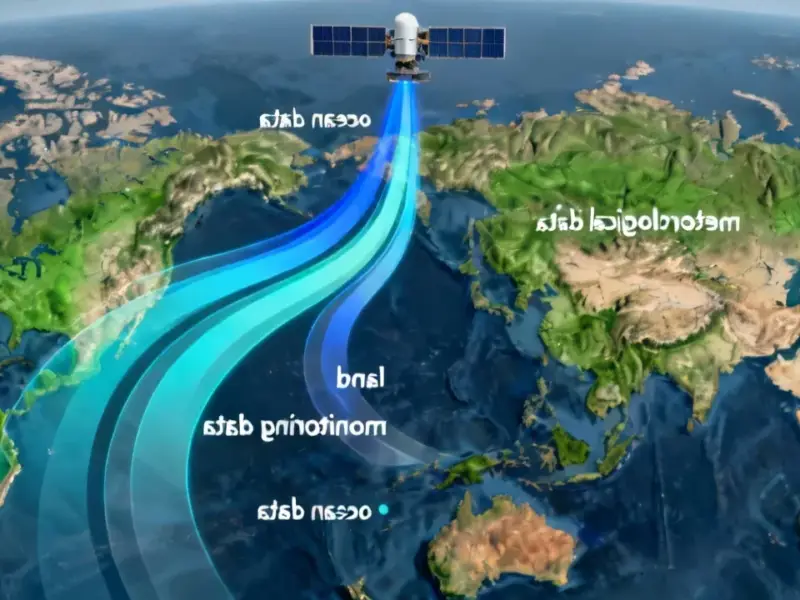According to Phys.org, COP climate conference websites now emit up to 10 times more carbon than average internet pages, with emissions skyrocketing by more than 13,000% between 1995 and 2024. The University of Edinburgh study found that while early COP sites emitted just 0.02g carbon per page view until 2008, they now average over 2.4g per visit compared to the typical webpage’s 0.36g. The COP29 homepage alone generated 116.85kg of carbon emissions – equivalent to what 10 mature trees absorb in a full year. Researchers attribute the surge to increased use of multimedia content requiring greater computing power, and they note the COP30 site isn’t hosted on verified renewable energy infrastructure. The team developed new tools using web archive data to track this environmental impact over time.
The digital hypocrisy problem
Here’s the thing that really stands out: the organizations most vocal about climate action are apparently ignoring their own digital footprint. We’re talking about a 83,000% increase in emissions from website traffic alone between COP3 and COP29. That’s not just growth – that’s exponential environmental oversight from the very people who should know better.
And honestly, it’s not that complicated to fix. The researchers recommend basic stuff like limiting page sizes, optimizing layouts, and using renewable-powered servers. These are the same best practices that any industrial panel PC manufacturer would follow when designing energy-efficient computing solutions. Yet somehow climate conferences can’t manage what industrial computing companies have been doing for years.
The internet’s carbon blindspot
We’re so focused on AI’s energy consumption that we’ve completely overlooked the environmental cost of basic web infrastructure. As the study points out, websites remain “the longest-standing and most widespread form of human-computer interaction” and a massive contributor to internet emissions. The internet already accounts for up to 3% of global emissions – that’s approaching aviation industry levels.
But here’s what’s really clever about this research: they used web archives to track historical environmental impact. They basically created a carbon timeline for these websites, showing exactly when and how emissions exploded. And they’ve made their tools freely available so other organizations can do the same analysis.
Practical solutions exist
The recommendations aren’t revolutionary – they’re common sense web development practices that have been around for years. Limit multimedia, optimize code, use efficient hosting. It’s the digital equivalent of turning off lights when you leave a room.
So why aren’t climate organizations leading by example? It seems like such an obvious win. Reduce your digital emissions while demonstrating practical climate action. Instead, we get carbon-heavy websites that undermine their own environmental message. The irony is almost too perfect.
Wider implications
This isn’t just about climate conferences – it’s about every organization that claims to care about sustainability. If the people running global climate talks can’t manage their own digital footprint, what hope is there for the rest of us?
The researchers have basically handed everyone a free tool to measure website environmental impact. Now the question is: who will actually use it? And more importantly, who will act on what they find? Because if climate conferences won’t clean up their own digital act, why should anyone else bother?




